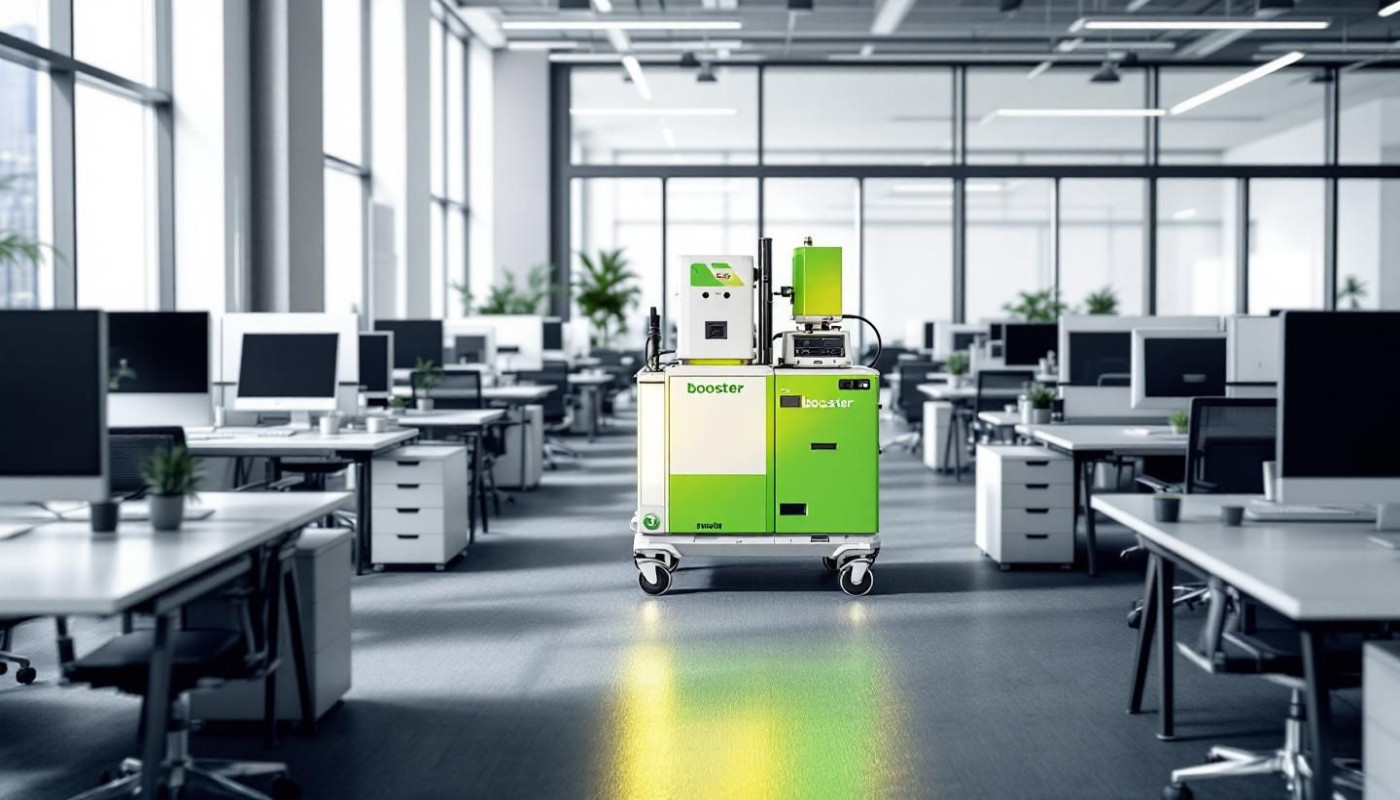Table of contents
Ensuring robust security within cluster environments is a growing concern as cyber threats become more sophisticated. Audit log analysis emerges as a powerful approach to detect, investigate, and respond to unusual activity, making it a key priority for any organization managing clusters. Explore advanced techniques in audit log analysis to fortify your security posture and stay ahead of potential breaches in the following sections.
Understanding audit logs
Audit logs serve as the backbone of cluster security by offering a comprehensive record of all activities and access attempts within a system. These logs meticulously document user authentications, privilege escalations, configuration changes, resource accesses, and potential unauthorized actions. Such detailed event tracking forms the basis for effective log management and enables security monitoring teams to identify suspicious behaviors and policy violations. Robust log retention is indispensable, as it allows organizations to perform in-depth forensic analysis when incidents occur, reconstructing timelines and uncovering the origins of security breaches.
The process of event correlation within audit logs is particularly valuable, as it brings together multiple log entries from different sources to identify complex attack patterns that might otherwise go unnoticed. This capability significantly enhances the ability to detect and respond to coordinated threats targeting cluster environments. Consistent and well-structured log management supports not only immediate detection but also long-term security monitoring, ensuring that clusters remain resilient against evolving attack vectors.
Detecting suspicious patterns
Identifying suspicious activity within clusters requires a shift from conventional rule-based methods to advanced approaches that utilize anomaly detection and behavioral analytics. By analyzing audit logs with sophisticated cluster analysis techniques, it becomes possible to spot irregular patterns or subtle deviations that may signal unauthorized access or malicious intent. Machine learning models, in particular, can process vast data streams, learning typical behavioral baselines and flagging outliers that human operators might overlook. These models not only adapt to evolving threats but also minimize false positives, allowing teams to focus their resources on genuine risks.
Incorporating statistical models alongside machine learning greatly improves threat detection by recognizing patterns in audit logs that static rules cannot. Behavioral analytics evaluates user actions over time, distinguishing between legitimate operational changes and suspicious activity that could compromise cluster security. Adopting such advanced anomaly detection frameworks equips organizations to proactively address vulnerabilities, strengthening their overall defenses and ensuring that emerging threats are identified and mitigated before significant harm occurs.
Automating log analysis workflows
Implementing log automation within cluster infrastructure delivers a significant lift in efficiency, transforming audit log analysis from a labor-intensive process into a streamlined, scalable operation. By leveraging scripting and security orchestration tools, organizations can automate data collection, normalization, and correlation, which eliminates the bottlenecks associated with manual log review. This approach supports extensive workflow optimization, as scripted pipelines systematically process massive volumes of logs, identifying anomalies and surfacing security incidents far faster than human analysts could achieve. Automated monitoring ensures that every node and component is subject to consistent scrutiny, preventing coverage gaps that often emerge in manually managed environments.
The challenge of scaling manual reviews is addressed through continuous, real-time alerting, where automation triggers instant notifications as soon as suspicious activity is detected. Security orchestration integrates seamlessly with alerting systems, enabling rapid prioritization and response without the delays of human intervention. This unified, automated approach ensures that even as cluster infrastructure grows in size and complexity, monitoring remains robust, reliable, and efficient, allowing security teams to focus on higher-level investigations and strategic defense enhancements rather than routine log checks.
Integrating contextual intelligence
Contextual enrichment of audit logs dramatically amplifies their value for security operations, by supplementing raw records with details such as user attribution, network intelligence, and asset classification. This process transforms basic log entries into comprehensive views, supplying security analysts with the surrounding context necessary to conduct deeper contextual analysis. For instance, recognizing not only that a configuration change occurred, but also identifying the user responsible, their geographic network location, and the classification of the affected asset, allows for more precise incident response. Such advanced enrichment supports the prioritization of threats based on resource sensitivity and the authenticity of user activity, minimizing false positives and sharpening response times.
By integrating contextual intelligence into audit log analysis frameworks, organizations can refine detection mechanisms and clarify the root cause of security events. Solutions like an effective kubernetes audit policy demonstrate how contextual data, when correlated with user activity and network paths, produces actionable insights for incident response. Leveraging this method ensures that alerts are not only accurate, but also allow security teams to focus efforts where they matter most, enhancing overall cluster protection.
Continuous improvement strategies
Regularly reviewing and updating audit log analysis strategies is a critical aspect of maintaining robust cluster security, especially as organizations face evolving threats and changing compliance requirements. Leveraging a continuous improvement approach ensures that security best practices remain effective and relevant. Integrating threat intelligence into audit log analysis helps identify emerging attack vectors and suspicious activities, allowing for timely adaptation. Establishing a structured feedback loop, where findings from incident response and routine monitoring inform future log analysis methodologies, is key to refining detection capabilities. Collaboration across teams and engaging in knowledge sharing, both internally and with external partners, fosters a deeper understanding of threat landscapes and regulatory shifts. Adopting these strategies enables organizations to proactively address weaknesses, enhance compliance efforts, and strengthen overall security posture in a dynamic environment.
On the same subject











